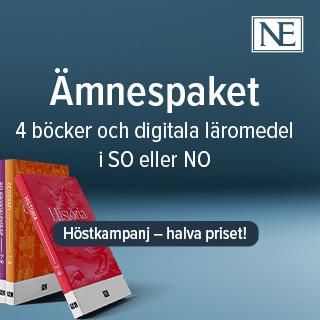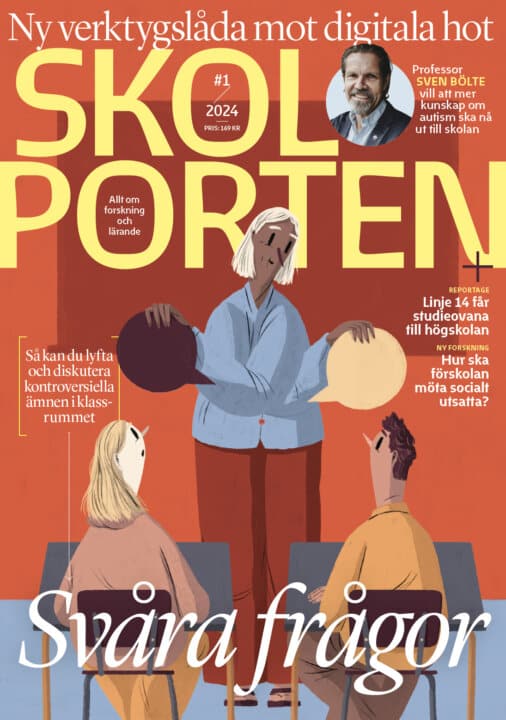Studenter med läs- och skrivsvårigheter som deltagare i högre utbildning
The emphasis on higher education (HE) in todays knowledge societyhas increased the amount of students enrolled in universities inSweden. Two percent of these students are people with disabilities, ofwhom more than half are students with dyslexia. Dyslexia is a disabilitythat involves difficulty with written text which is the essence of HE.The disability affects these students reading and my assumption wastherefore that their possibility to complete their education on an equalfooting with their peers was limited.The overall aim of this thesis is to illuminate the prerequisites forparticipation for Swedish students with dyslexia in higher education,and to analyse if support, and information about support, offered byhigher-education institutions are accessible to them. Due to lack ofprevious research, this is a descriptive study using the theoreticalframework of cultural-historical activity theory (CHAT), a theory thatcan be summarized in five principles: an activity system is the unit ofanalysis, it has historicity, multi-voicedness, it views contradictionsas sources of change, and it has the potential for expansivetransformation.To orient myself within the large field of HE and dyslexia, the followingquestions have guided my work: What HE measures are taken toensure accessibility and participation for Swedish students withdyslexia? What tensions, as defined within CHAT, may be found in theHE activities in relation to students with dyslexia? Is there a possibilityfor expansive transformation? In order to answer these questions,I have listened to some of the voices within HE, by collecting datathrough a questionnaire sent to all coordinators for students withdisabilities; by having focus group interviews with university teachers,as well as having individual interviews with students with dyslexia.The data were collected and analysed within a CHAT activity system,which depicted HE activities by coordinators and teachers in relation tostudents with dyslexia. The graph was used in the final discussion toformulate some ideas for expansive transformation.

Fritidshem
 Åk F–6
Åk F–6 Matematikångest
 Åk 4–Vux
Åk 4–Vux 






